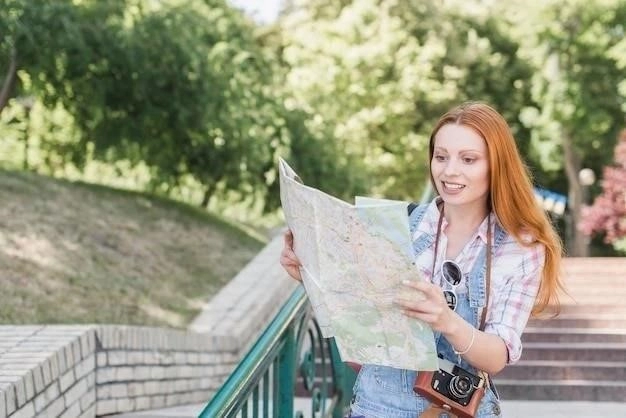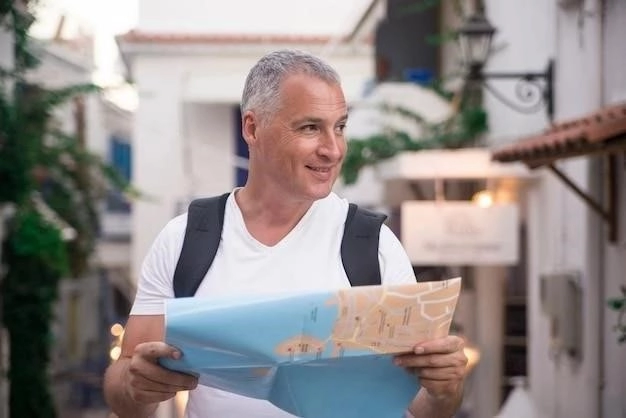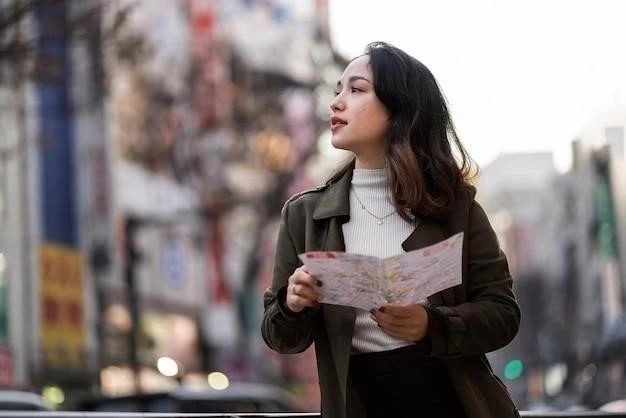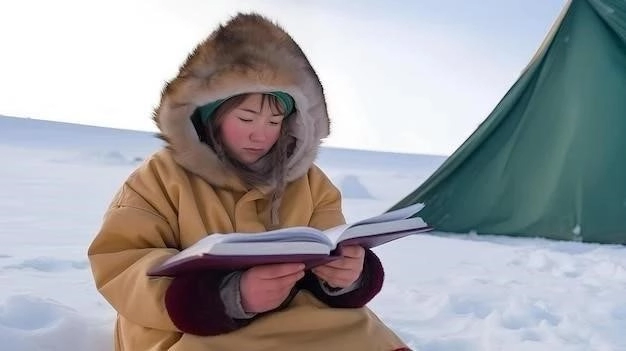Myanmar Travel Guide 2024
Myanmar, a land of breathtaking landscapes and ancient wonders, presents a unique travel experience. While facing internal challenges, certain regions remain accessible to tourists. This comprehensive guide offers insights into responsible travel in Myanmar in 2024.
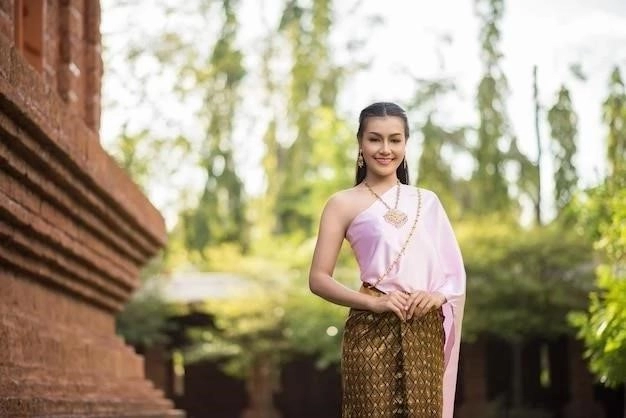
Safety and Travel Advisories
As of July 11, 2024, exercising extreme caution when considering travel to Myanmar is paramount due to the ongoing civil unrest and complex political situation. Several governments, including the United States and the United Kingdom, strongly advise against all travel to Myanmar. This is due to the unpredictable security environment, characterized by armed conflict, arbitrary enforcement of local laws, and the potential for civil unrest, including explosions and attacks in major cities like Yangon.
Travelers should be aware that the situation remains fluid and can deteriorate rapidly. Areas previously deemed safe for tourists may experience sudden escalations in violence. It is crucial to understand that conventional tourist infrastructure and support systems may be limited or unavailable in certain regions. Accessing reliable information and communication channels can also be challenging.
Before contemplating any travel to Myanmar, it is essential to:
- Consult your government’s travel advisories for the most up-to-date information and heed their recommendations.
- Thoroughly research the specific areas you plan to visit, acknowledging that even popular tourist destinations might carry risks.
- Develop a comprehensive contingency plan, including communication strategies, in case of emergencies.
- Consider the ethical implications of traveling to Myanmar under the current circumstances and how your presence might be perceived.
Staying informed and prioritizing personal safety are non-negotiable aspects of navigating travel to Myanmar in 2024.
Visa Requirements and Entry Regulations
As of July 11, 2024, obtaining a visa for Myanmar requires careful attention due to the evolving political landscape. While the e-Visa system, launched in 2014, remains technically operational, its functionality and reliability are susceptible to unforeseen disruptions.
Prospective travelers should note that:
- The standard tourist e-Visa typically allows for a 28-day stay. However, processing times and visa validity can be subject to change without prior notice.
- It is crucial to verify the latest visa regulations and potential restrictions through the official channels of the Myanmar Ministry of Immigration and Population or a Myanmar embassy or consulate in your home country.
- Travelers are advised to secure their visas well in advance of their intended travel dates, considering the possibility of processing delays.
- Carrying printed copies of all travel documents, including visa confirmations, passport identification pages, and flight itineraries, is recommended, as electronic access might be limited.
Given the complexities surrounding entry into Myanmar, engaging the services of a reputable travel agency specializing in Myanmar could provide invaluable assistance in navigating the visa application process and staying abreast of the latest requirements.

Best Time to Visit and Weather

Myanmar experiences a tropical monsoon climate, with distinct wet and dry seasons. Traditionally, the optimal time to visit most of Myanmar is during the cooler, dry season, which generally spans from November to February. During these months, pleasant temperatures prevail across the country, with minimal rainfall and clear skies, ideal for exploring iconic sites such as Bagan and Mandalay.
However, it’s essential to consider that the monsoon patterns can vary regionally. The southwest monsoon, from May to October, brings significant rainfall to the coastal areas and the south, while the northeast monsoon, from October to February, affects the northern regions with relatively less intensity.
Travelers should note that:
- While the dry season (November-February) generally offers the most favorable weather, it also coincides with the peak tourist season, meaning higher prices and increased crowds.
- The shoulder seasons (April-May and September-October) can provide a balance between pleasant weather and fewer crowds, although some rainfall is to be expected.
- Travel during the monsoon season (June-August) is generally discouraged for most tourists due to heavy rainfall, potential flooding, and disrupted transportation. However, certain regions, like the Shan State, experience a less intense monsoon and could offer a unique off-season experience.

Consulting detailed weather forecasts closer to your intended travel dates and factoring in the regional variations is crucial when planning your trip to Myanmar.
Getting There and Getting Around
Accessing Myanmar typically involves air travel, with international flights arriving at major hubs like Yangon International Airport (RGN), Mandalay International Airport (MDL), and Nay Pyi Taw International Airport (NYT). However, it’s essential to acknowledge that flight availability and connectivity may be limited due to the ongoing situation.
Once inside Myanmar, various transportation options are available, each with its own considerations:
- Domestic Flights: While offering convenience, domestic flight schedules can be subject to change or cancellations.
- Buses: Long-distance buses connect major cities and towns, but road conditions can vary, and journeys might be time-consuming.
- Trains: Myanmar’s railway network offers a scenic, albeit slower, way to traverse the country. However, train travel may not be suitable for those on tight schedules.
- Private Cars/Drivers: Hiring a car with a driver can provide flexibility and comfort, particularly for longer distances.

Within cities and towns, options include taxis, ride-hailing services (though their availability might be limited), and traditional three-wheeled tuk-tuks.
Travelers should exercise caution when using any form of transportation and prioritize safety. It is advisable to:
- Book flights and accommodation in advance, especially during peak season.
- Confirm travel arrangements and schedules closer to your departure dates.
- Factor in potential delays or disruptions when planning your itinerary.
- Negotiate fares for taxis and tuk-tuks beforehand.
Accommodation
Myanmar offers a range of accommodation options, from budget-friendly guesthouses to upscale hotels. However, the availability and quality of accommodations can vary significantly depending on the location and the current situation.
Travelers should consider the following:
- Bookings: Advance reservations are highly recommended, especially during peak season (November to February) and in popular tourist destinations. The current situation in Myanmar has added complexity, with some hotels and guesthouses temporarily closed or operating with reduced capacity.
- Location: Carefully research the location of your chosen accommodation, considering proximity to essential services, transportation hubs, and the overall security environment of the area.
- Reputation: Seek out accommodations with positive reviews from reputable travel sources or recommendations from trusted contacts. Verify the current operational status and any potential restrictions or limitations.
- Alternatives: Explore alternative accommodation options, such as homestays or locally-run guesthouses, which might offer a more authentic experience and support local communities.

It’s important to note that the availability of electricity, internet access, and other amenities can be unreliable in some areas. Confirming these details with your chosen accommodation in advance is crucial.
Remember, flexibility and understanding are key when navigating accommodation choices in Myanmar under the current circumstances.
Must-Visit Destinations
Myanmar’s cultural and natural treasures have long captivated travelers. While the current situation necessitates careful planning and consideration, certain destinations remain accessible and offer glimpses into the country’s rich heritage.
However, it is crucial to prioritize safety and ethical considerations when selecting destinations. Research the current security climate, accessibility, and any restrictions in place before finalizing your itinerary.
Some traditionally popular destinations include:
- Yangon: The former capital, Yangon, is home to the iconic Shwedagon Pagoda, a shimmering testament to Myanmar’s Buddhist heritage. Stroll through the bustling streets of downtown Yangon, with its colonial-era architecture and vibrant markets.
- Bagan: The ancient city of Bagan is a sight to behold, with thousands of temples and pagodas dotting the plains. Witnessing the sunrise over Bagan is an unforgettable experience.
- Mandalay: Located on the banks of the Irrawaddy River, Mandalay is a cultural hub with numerous monasteries, palaces, and artisan workshops. Explore the ancient city of Amarapura, famed for its U Bein Bridge, a picturesque teak bridge stretching over Taungthaman Lake.
- Inle Lake: Embark on a serene boat journey across Inle Lake, renowned for its unique leg-rowing fishermen and floating gardens. Visit the Nga Hpe Chaung Monastery, known for its “jumping cats,” and explore the traditional villages built on stilts over the water.

Remember to engage with local communities respectfully and support ethical tourism initiatives. Your mindful exploration contributes to the preservation of Myanmar’s cultural heritage.
Health and Safety Precautions
Ensuring your well-being in Myanmar requires meticulous attention to health and safety precautions, especially given the current circumstances and potential limitations in healthcare infrastructure.
Prioritize the following:
- Travel Insurance: Comprehensive travel insurance is non-negotiable. Ensure your policy covers medical emergencies, evacuation, trip cancellation, and disruptions related to civil unrest. Verify coverage specifics and limitations with your insurance provider.
- Vaccinations and Medications: Consult your healthcare provider well in advance regarding recommended vaccinations and prophylactic medications for Myanmar. Ensure your routine vaccinations are up to date. Carry a sufficient supply of essential medications, as access might be limited.
- Food and Water Safety: Exercise caution with food and water consumption. Opt for bottled water and avoid ice in beverages. Consume food from reputable establishments and prioritize thoroughly cooked meals.
- Personal Safety: Be mindful of your surroundings and exercise vigilance, particularly in crowded areas or during nighttime. Avoid displaying expensive jewelry or large amounts of cash. Keep a low profile and refrain from engaging in political discussions or activities.
- Emergency Contacts: Keep a record of emergency contact numbers, including your embassy or consulate, local authorities, and your travel insurance provider. Inform trusted contacts of your itinerary and maintain regular communication.
Registering with your embassy’s traveler enrollment program can provide additional support and communication channels in case of emergencies. Remember, prioritizing your health and safety enables a more secure and responsible travel experience.


